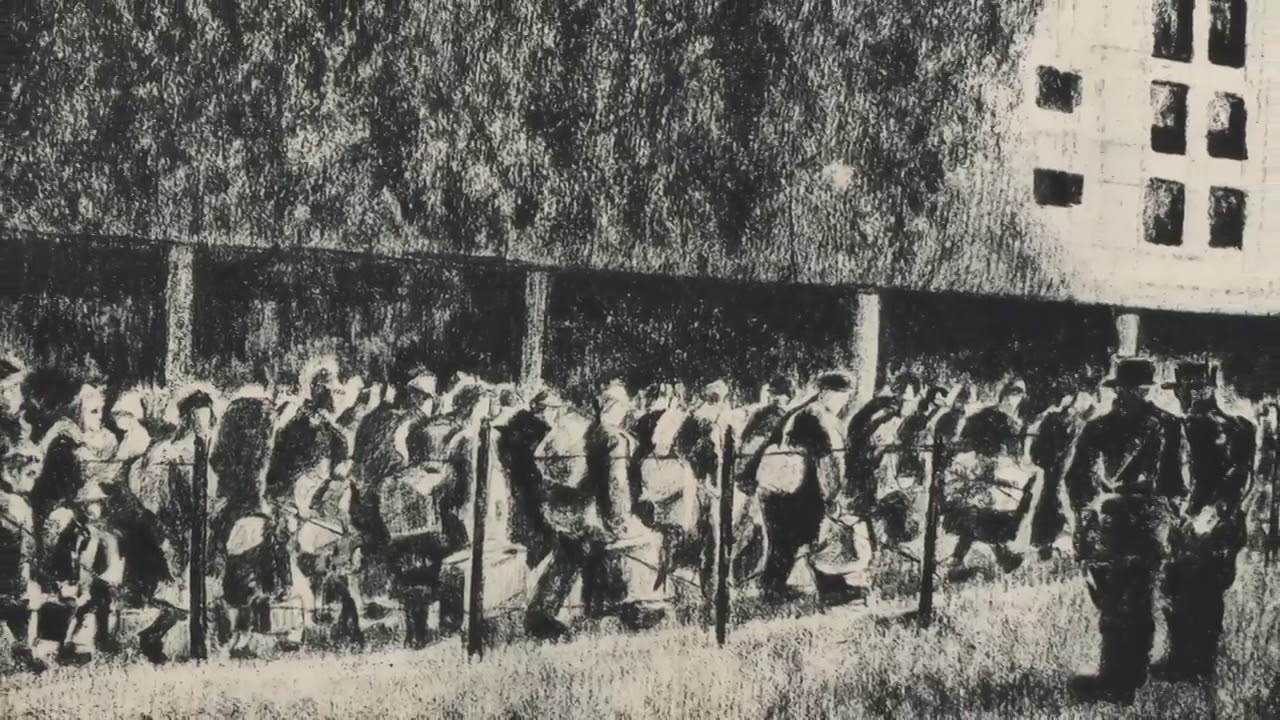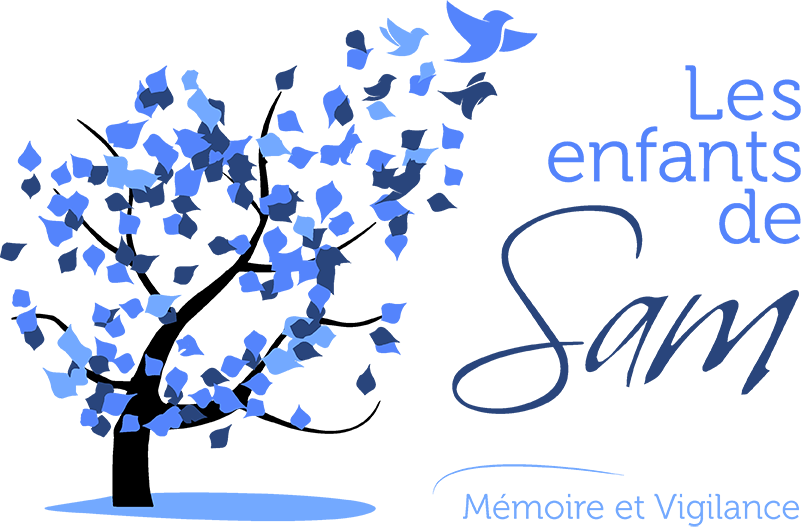Georges Horan-Koiransky, an eyewitness to Drancy
- On 25/02/2018
- In Items of interest
In his Journal d’un interné (Diary of an internee), Georges Horan-Koiransky brings alive his imprisonment at Drancy. Arrested on 11 July 1942, he was freed on 13 March 1943. For the 8 months of his detention he felt compelled to take notes and to make drawings to describe what he was going through.
An unplanned record of Drancy

Georges Horan-Koiransky employed a plethora of ruses to succeed in preserving what he had hidden and get all his writings and drawings out of the camp. Once he was freed, he wrote of his drawings, “I am not Callot, Goya or Picasso. But I promised my fellow prisoners I would record their misery. It was my duty to do so. From these hundreds of sketches and illustrations I can get some redress.”
Georges Horan-Koiransky describes life at Drancy, a detention centre where thousands of men, women and children were herded together, starved and harassed by French police who had become thugs. Most of the detainees were then transported in convoys to the camps to be murdered. Georges was one of those who was burdened with either escorting people leaving for the cattle wagons, under guard of the French police, or who met those arriving at a range of camps like Gurs or Nexon. Through Georges we can feel the distress, the despair and the suffering of these human beings, led to their death by the infinite hatred of the Nazis and their cronies.
In his drawings Georges Horan-Koiransky allows us to see these men and women, these old people, these children, who for the most part, were living their final days. The shouting, the searches, the bullying… what we also see is people comforting, supporting and helping each other. So we can see that there always remains in human beings an unending source of empathy and resistance.
Georges Horan-Koiransky published his drawings in 1947, but the publication was not generally given much attention at the time. As for his journal, it remained buried in his family papers until his son discovered them amongst his fathers things in 2014.
His drawings and journal have just been published by the Shoah Memorial Foundation (Fondation pour la Mémoire de la Shoah).
An exhibition of drawings has been organised by the Shoah Memorial until 15 April 2018 at the Drancy Museum in Drancy.
Jean-Pierre Terseur (18/02/18)
*Georges HORAN-KOIRANSKY *: ‘’ Journal d’un interné. Drancy 1942- 1943’ CREAPHISEDITION 12 €
**Georges HORAN-KOIRANSKY **: ‘’Le camp de Drancy, seuil de l’enfer juif’’ .Dessins et estampes 1942-1947 CREAPHISEDITIONS 35 €
